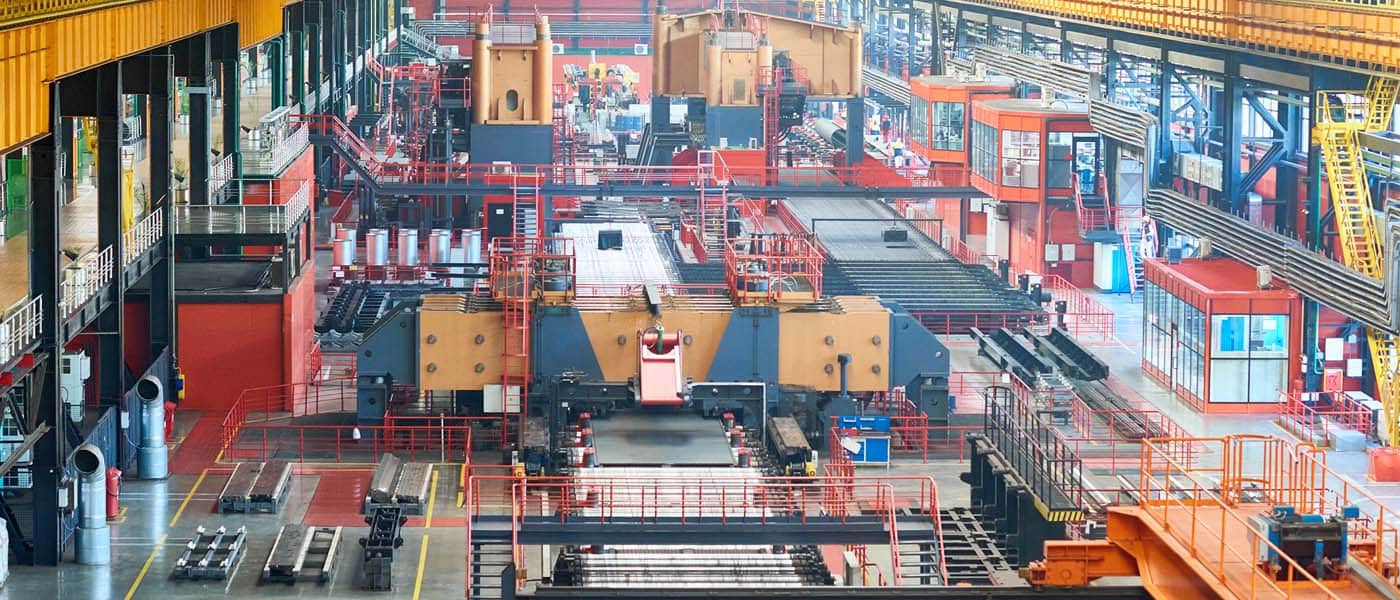August 21, 2020

Related Blogs:
Sign up for blog updates
Get innovation delivered to your inbox. Sign up for our blog and stay on top of the very latest from Semtech (formerly Sierra Wireless).
August 21, 2020

Unfortunately, many manufacturers have had difficulty charting a path to IIoT success. For example, in a recent report, Beecham Research published a survey of IoT adopters which found that 58 percent of respondents stated their IoT project was either mostly unsuccessful or not successful.
As these survey results show, while some manufacturers do reap significant benefits from IIoT applications, many others have found that developing and then scaling IIoT applications from proof of concept (POC) to commercialization is a project that is difficult to complete successfully.
What is the key reason why IIoT projects fail or are less successful than manufacturers hoped? Complexity. Specifically, infrastructure manufacturers need to successfully develop, deploy, and scale IIoT applications which require a broad set of expertise in a wide variety of complex subjects. For example, manufacturers need expertise in subjects including IoT hardware, embedded software, wireless connectivity, back-end cloud software, IoT protocols, and IoT cybersecurity (just to name a few) to build their own IIoT infrastructure.
How does this complexity manifest itself? Consider what is necessary when a manufacturer tries to develop the infrastructure needed for an IIoT application that will use edge devices connected to cellular wireless networks to collect and send data from a certain type of industrial equipment – for example, industrial air compressors to the cloud.
First, the manufacturer requires expertise in a variety of communications protocols if it hopes to efficiently connect embedded modules, gateways, or other edge IoT devices to the OT systems of various types of air compressors. In addition, it needs to connect these edge devices to a Mobile Network Operator’s (MNO’s) cellular network while managing this connection in ways that minimize data transmission costs and, for battery-powered edge devices attached to these air compressors, energy use.
On top of these challenges, the manufacturer will need to build or find APIs that enable them to integrate their air compressor OT data into their cloud-based IT systems. It will also have to familiarize itself with edge device, network connectivity, and cloud security mechanisms, and use these mechanisms to orchestrate a “Defense in Depth” IoT security strategy that ensures that even if one of these types of security mechanisms is compromised, other security mechanisms will still be able to protect their IoT data from malicious actors.
These are just a few of the complexities manufacturers have to overcome as they try to build the infrastructure needed to support the development and launch of a new IIoT application that converges their IT systems with their OT systems.
Other infrastructure complexities raise their ugly head when the manufacturer moves to scale an IIoT project from POC or a local deployment to a global roll-out. The manufacturer now has to contract for connectivity from MNOs in all the countries where its air compressors are used – each of which has their own complicated IoT data pricing plans. For each network provider, the manufacturer also needs to physically install a different SIM in the edge devices connected to their air compressors. If they want to upgrade, improve, or otherwise change their IIoT application’s security or functionality over time, they need to figure out a way to remotely update firmware and rules in their edge devices.
How can manufacturers cut through this complexity and make their IIoT projects more successful? The cloud provides a clue on how they can solve this challenge. Manufacturers should stop trying to build and maintain all the infrastructure they need for their IIoT applications themselves. After all, they’ve already stopped trying to build and maintain all the infrastructure required to support the cloud-based IT applications they use to run their businesses today.
Rather than acquire the expertise needed to build their own IIoT infrastructure, manufacturers should look to adopt edge-to-cloud infrastructure solutions and services that have this expertise embedded in them. For example, today there are a variety of edge-to-cloud IIoT solutions and services available that can provide manufacturers with:
The cloud has already demonstrated the tremendous value that comes from abstracting away the complexity associated with IT computing, networking and storage infrastructure. With the cloud, manufacturers have been able to focus just on developing and deploying web applications that improve business outcomes.
The same holds true for the IIoT – manufacturers should turn to edge-to-cloud solutions and services that allow them to focus on their IIoT applications and the data they generate, not the edge device, wireless connectivity, cloud APIs, and other infrastructure needed to support these applications.
Over the past decade, manufacturing and other companies have been able to use cloud solutions and services to develop and deploy web applications that have transformed their businesses – all without becoming experts in building complex cloud infrastructure themselves.
In the same way, over the coming decade, manufacturers should use new edge-to-cloud IIoT infrastructure solutions and services to simplify their IIoT projects. By bringing the lessons on infrastructure they have learned from the cloud to the IIoT, these companies can blaze a path to IIoT project success.
Get innovation delivered to your inbox. Sign up for our blog and stay on top of the very latest from Semtech (formerly Sierra Wireless).